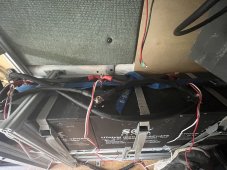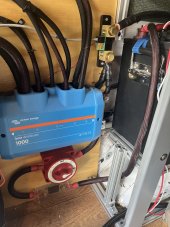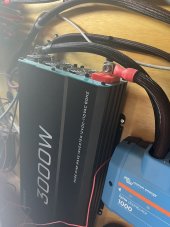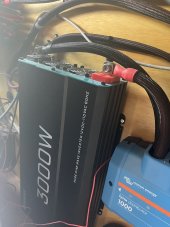ckelly3415
New Member
- Joined
- Nov 9, 2020
- Messages
- 15
Hi all. Having an issue with my 3000watt renogy inverter and looking for some help. My inverter is running my 120v appliances but does not seem to be actually changing the voltage from 12v to 120v. For example, I have a water heater that pulls 1800 watts. The inverter powers the water heater for a moment or two and then shuts itself off. While the water heater is running, my BMS reads that I am pulling 150amps and 1800 watts, which would mean that the voltage was still 12…. The heater is rated for 15 amps at 120v. All my “120v loads” show that I’m pulling extremely high amperage and usually calculate back down to a 12 volt draw, with the watts being right as advertised. Anyone have any insight as to what is going on here and how to fix it?? Thanks







